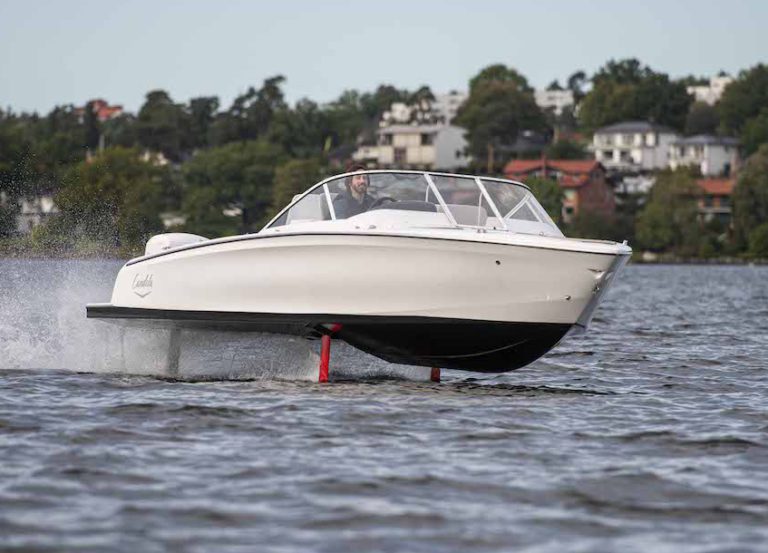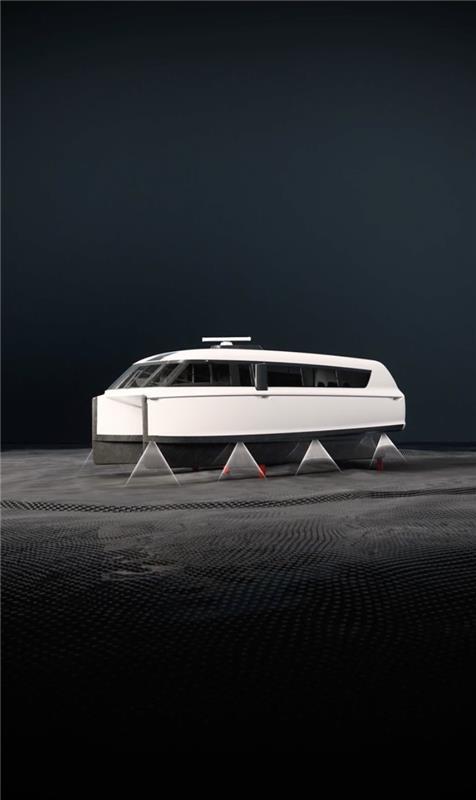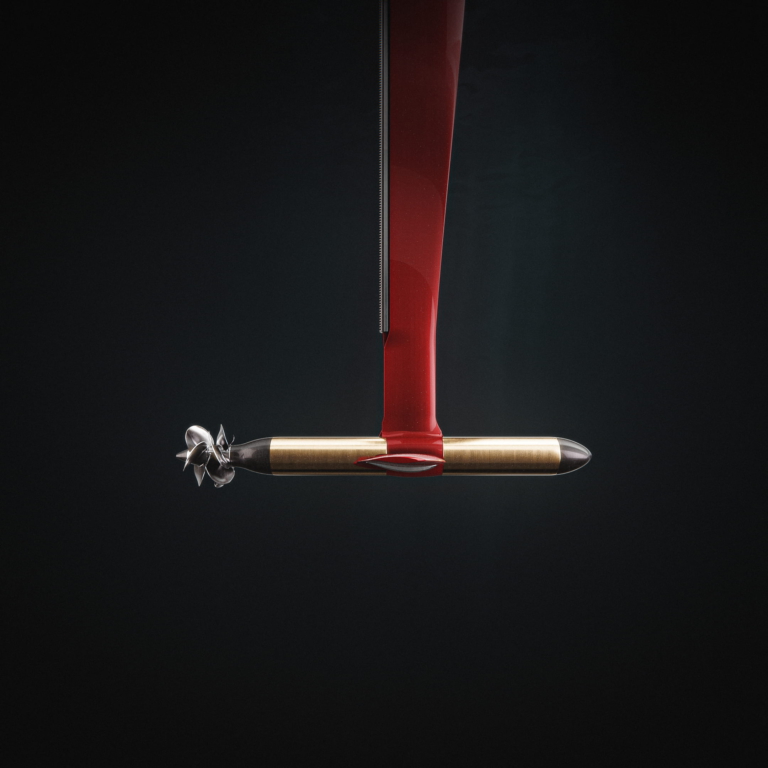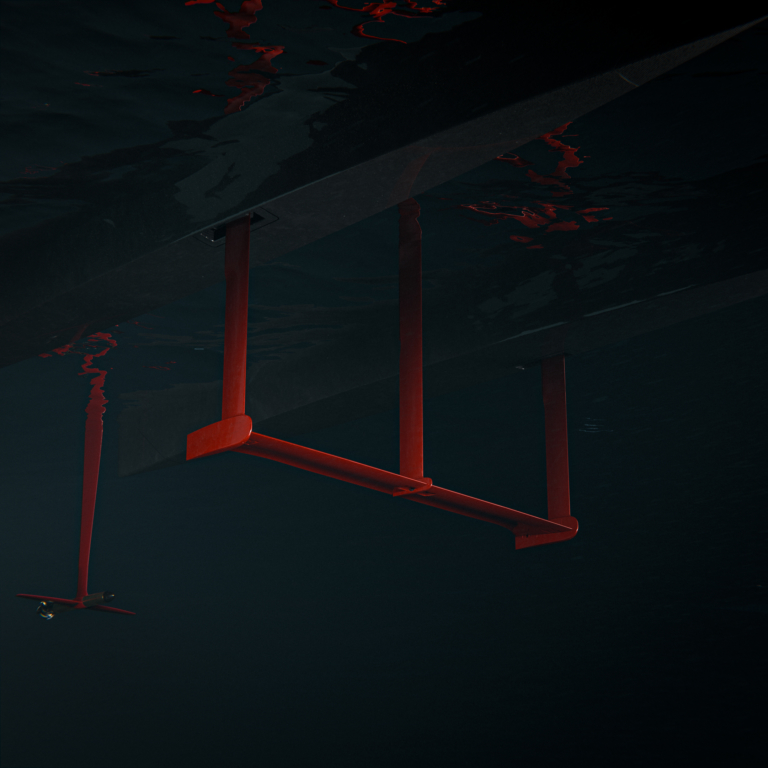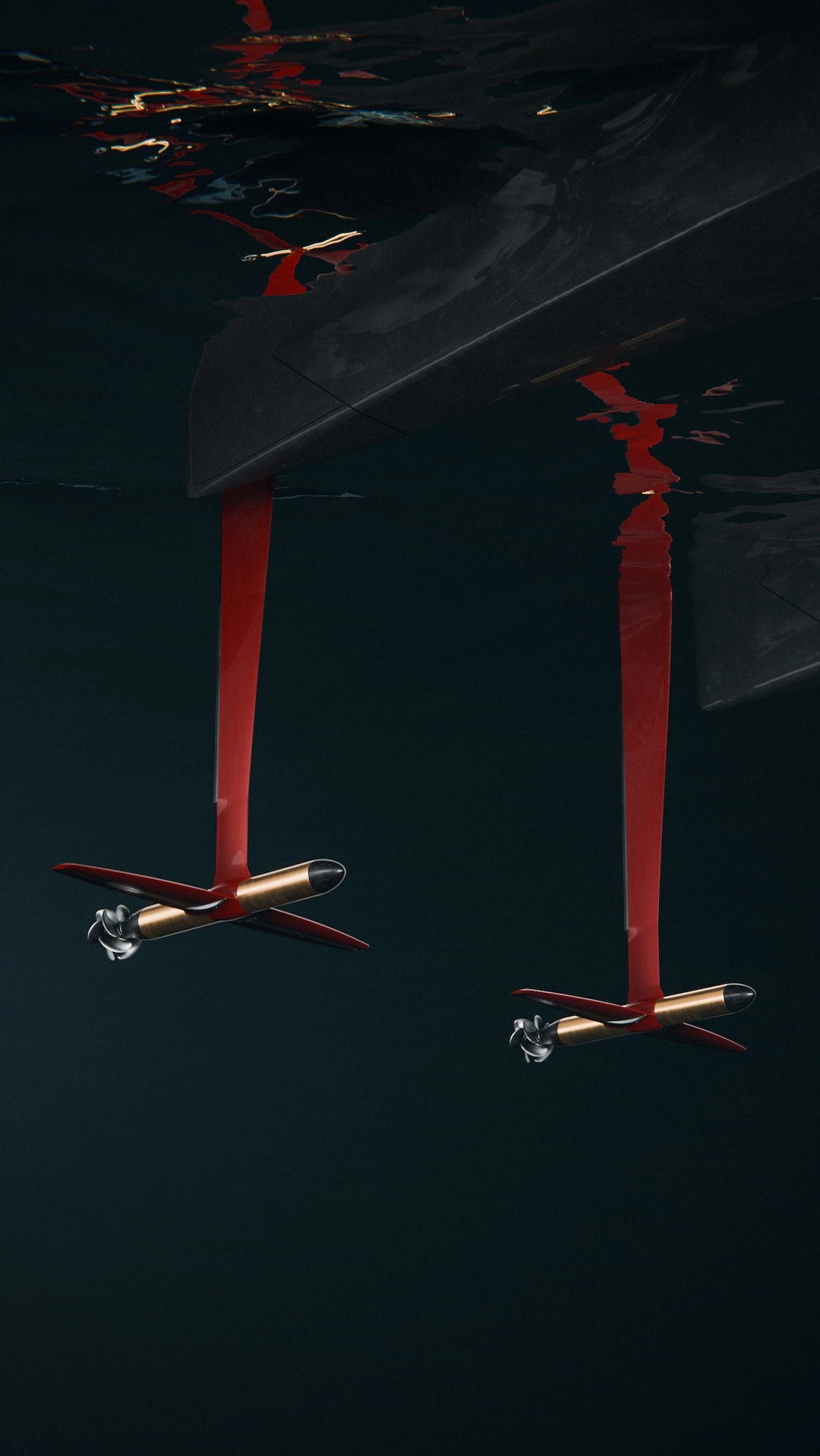Faster, smoother, and further
Candela’s vessels fly above the waves by combining three groundbreaking innovations: submerged active hydrofoils that lift the hull out of the water, smart sensors and flight control software that automatically adjust for a smooth, stable ride, and an ultra-light carbon fiber construction engineered for maximum efficiency and range.
Candela Foiling System
Breakthrough Efficiency
Hydrofoils have been around for over a century, but we’ve enhanced them with modern technology. Candela uses submerged hydrofoils that are more efficient than older, conventional surface-piercing types and deliver a smoother ride thanks to computer stabilization. As the boat gains speed, water flows over the foils and generates lift.
At 16 knots, the lift is powerful enough to raise the hull out of the water, reducing drag from waves and minimizing slamming. Made from ultra-strong multiaxial carbon fiber, the hydrofoils withstand impacts from floating debris. They retract at the push of a button for easy transport, storage, and operation in shallow waters.
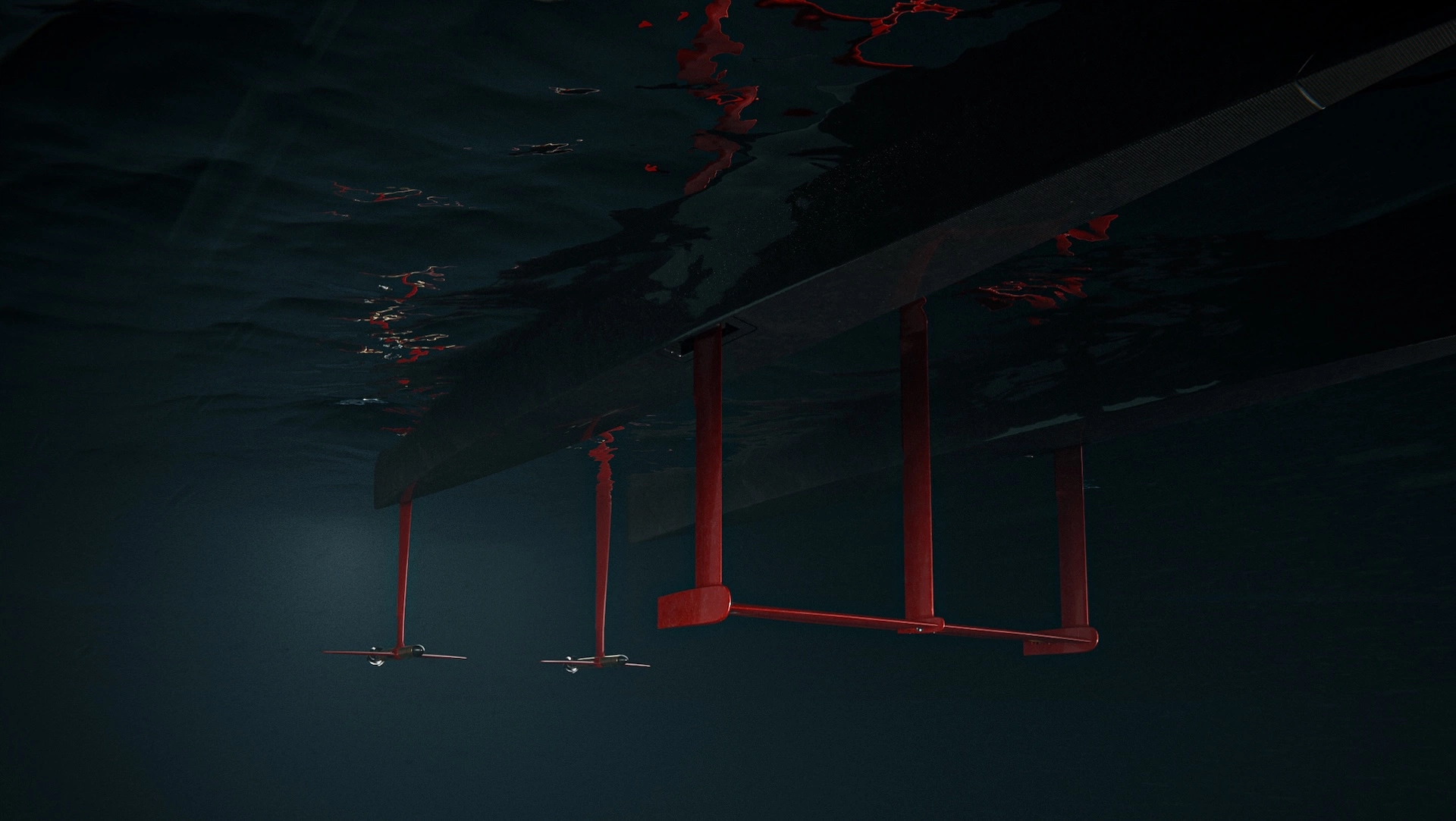
Lightweight innovation
Advanced hulls transforming performance.

Light and strong
A flying boat needs to be rigid yet light—especially since lithium-ion batteries are heavier than fossil fuels. All Candelas are engineered from 100% carbon fiber and weigh significantly less than comparable vessels of the same size.
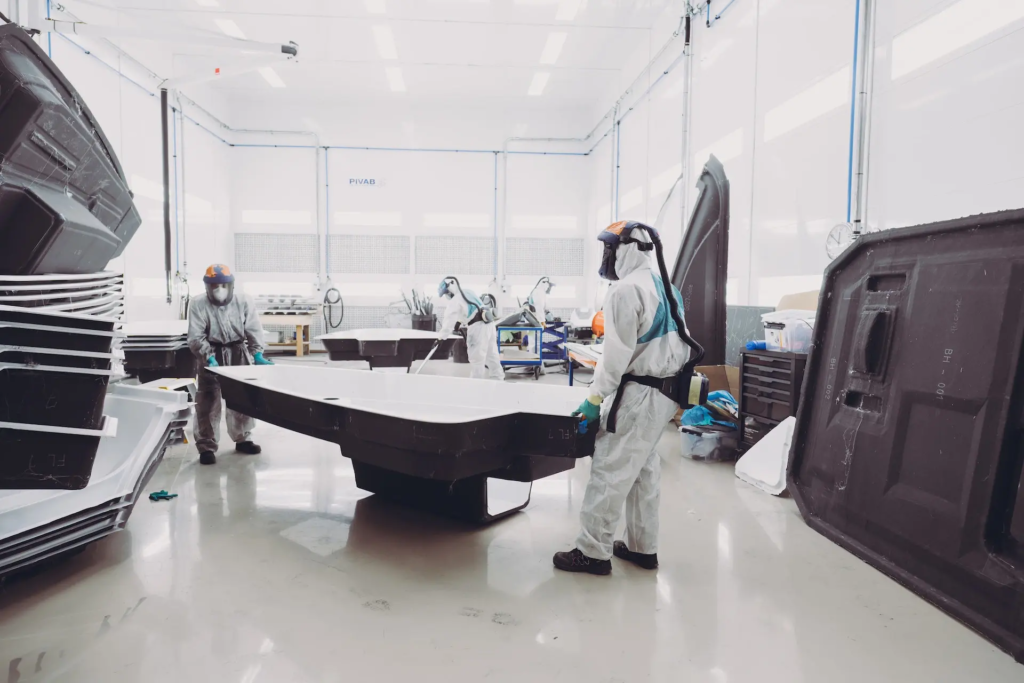
Carbon fiber at scale
What was once reserved for racing yachts and custom builds is now efficiently produced at scale in our ferries — thanks to our team of experts from the aerospace and automotive industries and our state-of-the-art factory.
Candela Flight Controller
Enhanced seakeeping
Candela’s advanced foil stabilization technology, deployed in over 100 vessels since 2016, provides a smoother ride compared to traditional boats. The flight control system integrates data from over 10 sensors and continuously adjusts the foils’ angle to ensure stable and efficient flight above the water.
Enhanced through over-the-air updates, the system optimizes performance as vessels log more mileage worldwide. This technology ensures a quiet, seamless ride without slamming, noise, or motion sickness, while also reducing emissions, wakes, and operating costs compared to fossil-fueled boats.
Questions?
Here are the top three.
How does hydrofoiling work?
According to Bernoulli’s Principle, lift on a hydrofoil is generated by a pressure difference. As a result, as the boat moves, water flows faster over the curved top of the foil and slower underneath. Consequently, the faster-moving water creates lower pressure on top, while the slower water beneath creates higher pressure. This pressure difference results in an upward force, lifting the boat’s hull out of the water and reducing drag.
Candela’s innovative electric boats and ferries harness this technology through an advanced foiling system, allowing them to glide smoothly above the water while using less energy. This results in a quieter, more efficient, and environmentally friendly boating experience.
Why do you need active stabilization?
A vessel with fully submerged foils is inherently unstable, much like a drone, and needs to be constantly balanced. It’s similar to balancing a pen on the palm of your hand—Just as the hand must constantly adjust to keep the pen upright, the foils need to adjust to keep a Candela flying.
Candela’s Flight Controller—the computer that helps the captain fly the boat—achieves stability by continuously adjusting the angle and position of the hydrofoils in real-time, much faster than a human could operate. Meanwhile, this system uses sensors to monitor the boat’s position, speed, and water conditions. As a result, the vessel remains level and balanced even in turbulent waters, delivering a smooth, efficient, and safe ride.
For the captain, this makes a Candela vastly easier to drive than a conventional boat, as there’s no need for trim tabs or engine tilting—everything is handled by the computer. For passengers, it means a smoother, more enjoyable ride.
How does Candela’s foiling system differ from older hydrofoil vessels?
Candela’s foiling system represents a significant leap forward from traditional designs. Older hydrofoils typically relied on fixed foils and a ladder system of wings to maintain height and roll stability, which made them less efficient. This design resulted in more surface contact with the water, leading to higher drag, making them unsuitable for electrification.
These older hydrofoils also lacked an active control system. Therefore, they were more affected by waves and winds, sometimes resulting in a less comfortable ride.
However, Candela’s boats are equipped with an advanced flight control system. It actively adjusts the foils in real-time based on speed, water conditions, and the boat’s position. This results in a smoother ride, better stability, and improved energy efficiency. Unlike older hydrofoils that may struggle in rough waters, Candela’s foils perform optimally in a variety of conditions, significantly reducing drag and allowing for longer range and lower energy consumption.
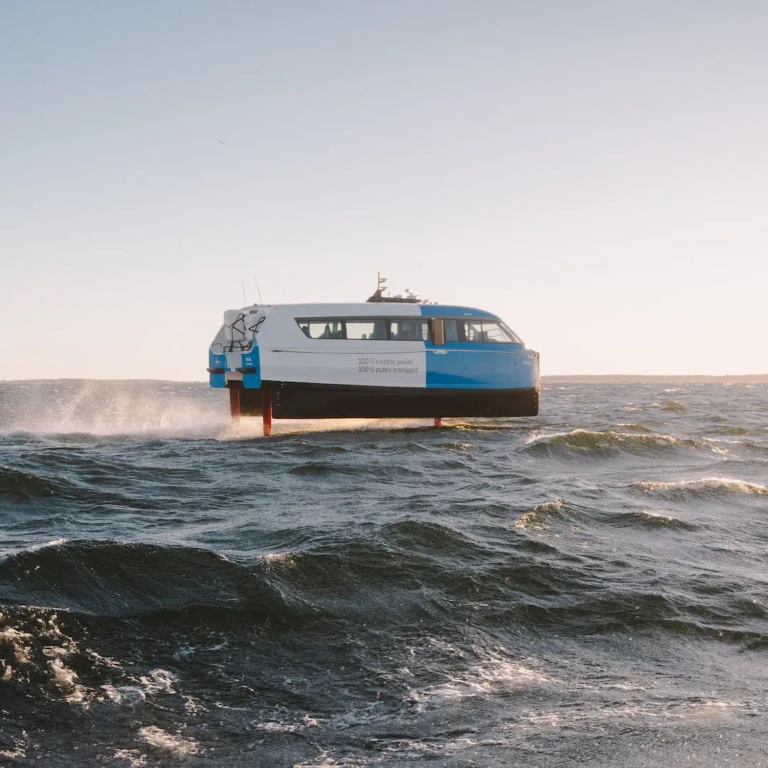 Overview
Overview 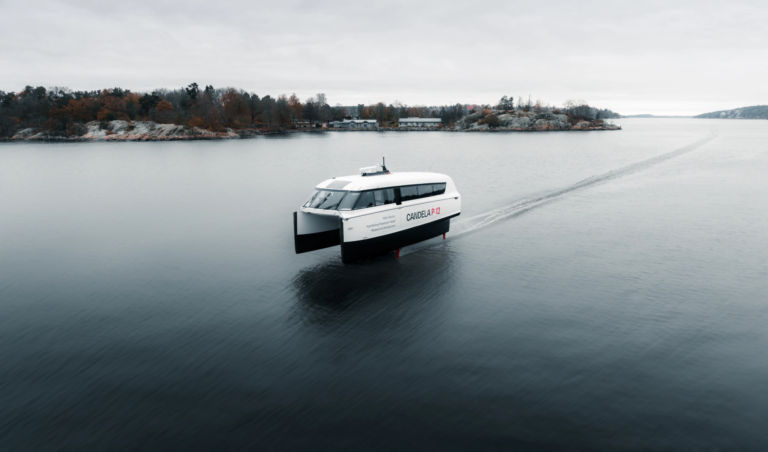 P-12
P-12 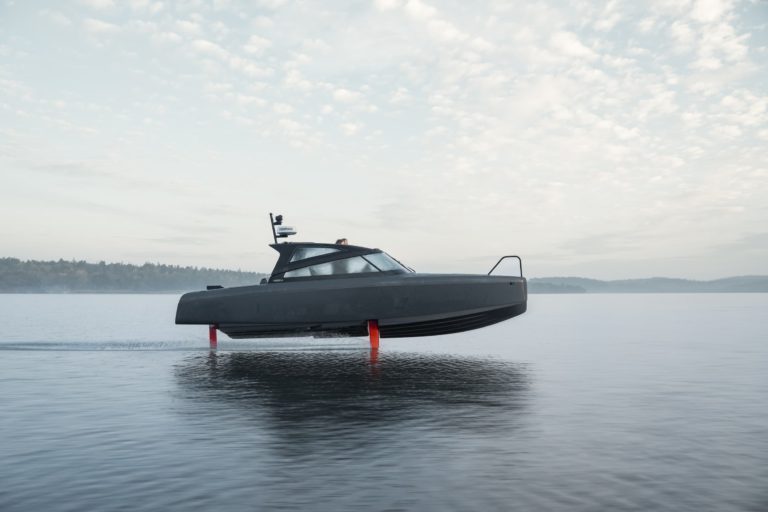
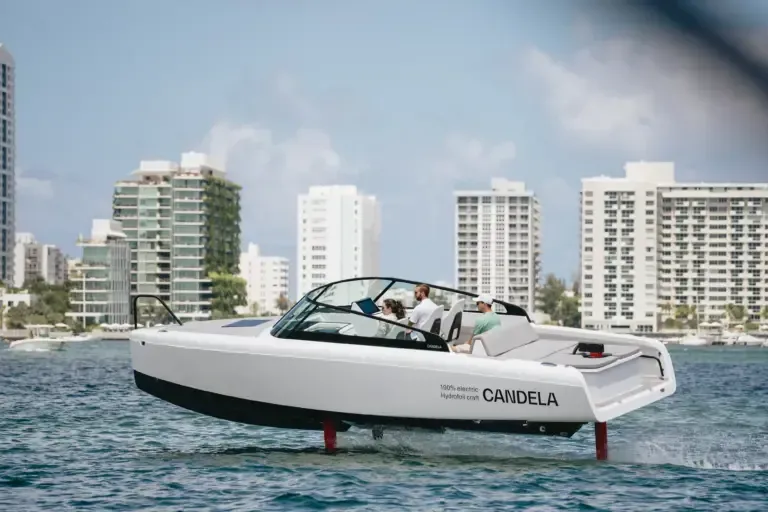 C-8
C-8 